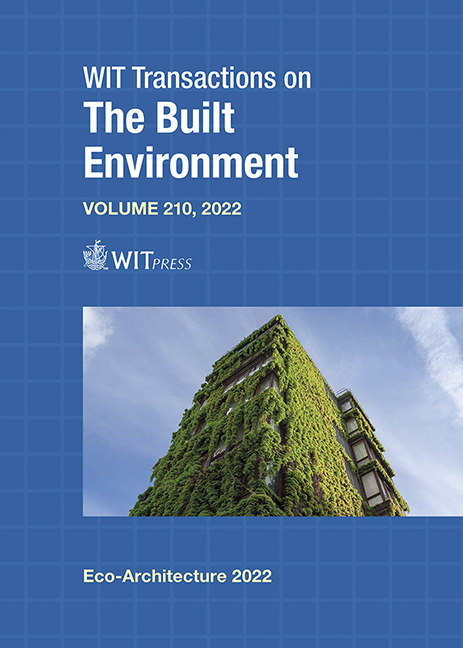AN INTEGRATED APPROACH TO USER-CENTERED DESIGN: MOBILE BRAIN/HEART IMAGING IN VIRTUAL REALITY
Price
Free (open access)
Transaction
Volume
210
Pages
14
Page Range
201 - 214
Published
2022
Paper DOI
10.2495/ARC220171
Copyright
Author(s)
ASMAA BARAKAT, HANY AYAD, ZEYAD EL-SAYAD
Abstract
Poor communication between architects and end-users of the built environment has been implicated as the main barrier to improving design quality and end-user satisfaction. User-centered design (UCD) is an important approach to communication and reaching the end-user affective state. This study aims to develop a new integrated approach for achieving an enhanced user-centered design. UCD is a process of three stages: understanding end-user needs, creating design solutions, and evaluating designs. The new approach is concerned with the built environment’s impact on the user’s affective state in the early design stage. The mobile brain/heart imaging technology is used to record users’ electroencephalogram (EEG) and heart rate variability (HRV) while they navigate the design proposal in non-immersive virtual reality (VR). In this context, the Farsi Lecture Hall in the Faculty of Engineering at Alexandria University was selected to be redesigned. The adopted methodology is based on understanding the needs of architecture students (end-users) through questionnaires and evidence-based design (EBD). Six design proposals were proposed and presented with still images. First, the students were asked to rate each proposal on a 5-point Likert scale. Then they were asked to select the best visualization technique, and the majority chose the 360-panorama. At last, the students sat in Farsi Hall for 3 minutes navigating the best proposal panorama on a full HD laptop screen wearing EEG headband that records EEG and HRV. The SAM test and 5-point Likert stress scale were recorded and compared to EEG and HRV results. The findings of this study show that there is a significant relationship between SAM ratings, EEG, and HRV. Furthermore, 360-panorama is an effective visualization tool for presenting design. Finally, involving mobile brain/heart imaging to induce the end-user affective state while navigating design proposals in VR could enhance design quality and end-user satisfaction.
Keywords
user-centered design (UCD), virtual reality, electroencephalogram (EEG), heart rate variability (HRV), stress, relaxation, emotions, valence, visualization, mobile brain/heart imaging





